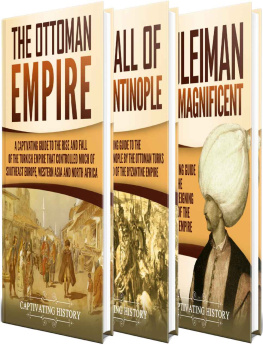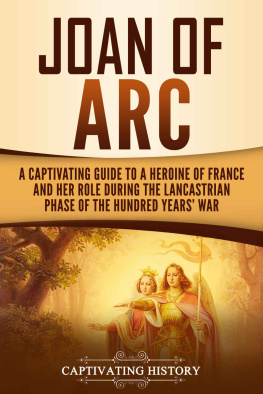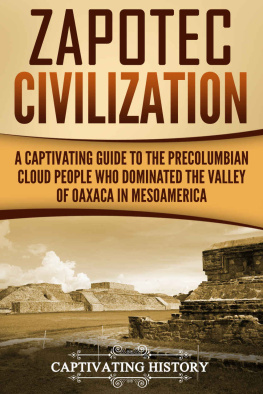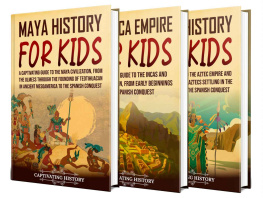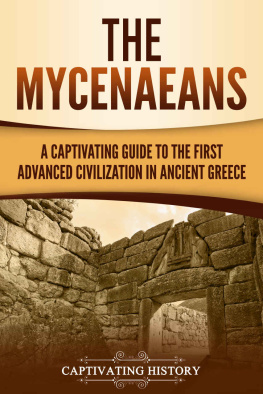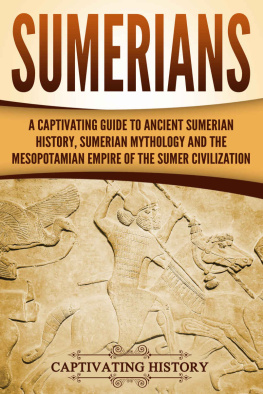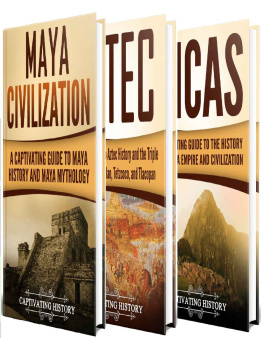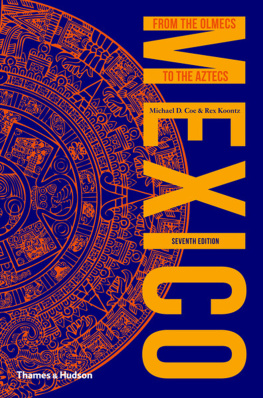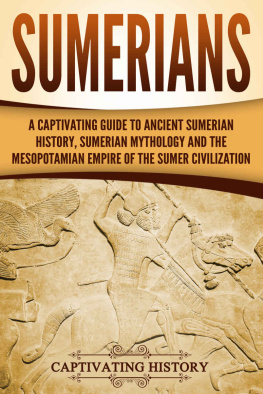All Rights Reserved. No part of this book may be reproduced in any form without permission in writing from the author. Reviewers may quote brief passages in reviews.
Disclaimer: No part of this publication may be reproduced or transmitted in any form or by any means, mechanical or electronic, including photocopying or recording, or by any information storage and retrieval system, or transmitted by email without permission in writing from the publisher.
While all attempts have been made to verify the information provided in this publication, neither the author nor the publisher assumes any responsibility for errors, omissions or contrary interpretations of the subject matter herein.
This book is for entertainment purposes only. The views expressed are those of the author alone, and should not be taken as expert instruction or commands. The reader is responsible for his or her own actions.
Adherence to all applicable laws and regulations, including international, federal, state and local laws governing professional licensing, business practices, advertising and all other aspects of doing business in the US, Canada, UK or any other jurisdiction is the sole responsibility of the purchaser or reader.
Neither the author nor the publisher assumes any responsibility or liability whatsoever on the behalf of the purchaser or reader of these materials. Any perceived slight of any individual or organization is purely unintentional.
Free Bonus from Captivating History: History Ebook
Hi History Lovers!
My name is Matt Clayton, and Im the creator of Captivating History. First off, I want to THANK YOU for reading our books in the Captivating History series. As an avid reader of History myself, I aim to produce books that will hold you captive.
Now you have a chance to join our exclusive history list so you can get the ebook below for free as well as discounts and a potential to get more history books for free! Simply click the link below to join.
P.S. If you join now, you will also receive a free Mythology book. Remember that its 100% free to join the list.

Click here to access your bonus
Also, make sure to follow us on:
Twitter: @Captivhistory
Facebook: Captivating History: @captivatinghistory
Introduction
When most people think about pre-Columbian Mesoamerica, they often jump straight to Aztecs and Mayans, arguably the most famous and well-known native civilizations of this region. Of course, they are not to blame as historians themselves give those cultures most of their attention. This often leads to misconceptions about how civilized life actually began in the Americas. Some people think that civilization didnt exist in North America until the Europeans arrived; others think it all began with the Mayans.
In reality, the first people that managed to elevate themselves to civilized life were the Olmecs. They remain relatively unknown, hidden in the long and dark corridors of forgotten history. Most of their culture remains wrapped in mystery, which may explain why so few historians are ready to tackle the task of uncovering the true story of the Olmecs. It is a difficult job, and even after many decades devoted to researching Olmecs, answers may not show up. And usually, with every answer, a new question arises. In a way, it's a Sisyphean task. Because there arent written sources and histories of the Olmecs, their exact story remains unknown. And most of our knowledge about them are just theories based on archeological findings.
So, anyone brave enough to take on the task of learning about the Olmecs should be prepared for a lot of ifs, maybes, probabilities, and likelihoods, not to mention the conflicted opinions of various historians. With all that in mind, one could get discouraged from even trying. But, as the earliest known civilization in America, they deserve some of our attention. Their tale deserves to be told.
Chapter 1 Who Were the Olmecs?
The most honest answer youll get for this question is We are not exactly sure. These people, known as the Olmecs, occupied southcentral parts of present-day Mexico, in what are today states of Veracruz and Tabasco, on the shores of the Gulf of Mexico. They emerged in these tropical lowlands somewhere around 1400 BCE and created what is considered one of the first civilizations in Mesoamerica. For roughly one thousand years, they were the most developed and most powerful nation in this area. During that time they dominated the region through trade and military might, spreading their more sophisticated culture and civilization to neighboring tribes. And then around 400 BCE, just as suddenly as they arrived, they had disappeared into the thick Mexican jungles.

The Olmec heartland.
For almost two thousand years they were forgotten, but during the 19th century, as archeology began to expand and evolve into a serious science, historians started to notice a specific type of jade sculpture with jaguar-like features. It was a unique and powerful style that caught their attention. After some research, they found out that they came from the region we now know as the Olmec heartland, located along the Gulf coast. Early modern archeologists werent sure how to name this new civilization, but one of them remembered that Aztecs from the 16th century CE told Spaniards about the people living in that area, who they called Olmeca (lmcah). In Aztecan Nahuatl language that means rubber people. The name came from the widespread usage of rubber among the population of that region. Even though there is no real connection between the civilizations that in different times occupied the same territory, the name stuck. But we are almost certain that they didnt call themselves Olmeca.
It is worth mentioning that a poem in Nahuatl, recorded long after Europeans came to the Americas, tells a tale of a legendary land on the banks of the eastern sea. In the poem, this mythical land, Tamoanchan, was settled long before the Aztecs founded their cities, in an era no one can remember. And its rule existed for a long time. What is even more intriguing about this poem is that the name Tamoanchan wasnt of Aztecan origins, but rather Mayan, the word Tamoanchan meaning In the land of rain or mist. Some historians believe that the Olmecs heartland was described in the poem and that they actually spoke a variation of the Mayan language. But others disagree, claiming that the tongue of original Olmecs was actually an archaic form of MixeZoquean language, which is still spoken in the area. Although the latter theory is now widely accepted, the truth is that due to the lack of archeological findings, were still not certain about what exact language the Olmecs spoke.
After archeologist started to explore the Olmec sites more thoroughly during the early 20th century, they discovered many sites that could be linked with the so-called rubber people. But two of them stood out as the biggest and most important cities of the Olmecs. The first one was San Lorenzo, situated in the Coatzacoalcos River Basin. The first signs of human communities on that location are sometimes even dated way back to 1800 BCE. But those earliest settlements are usually considered to be pre-civilized societies. The actual rise of this city coincides with the rise of Olmec civilization itself, around 1400 BCE. But by 900 BCE, this site was mostly abandoned. The center of Olmec power and culture had moved by that time.


